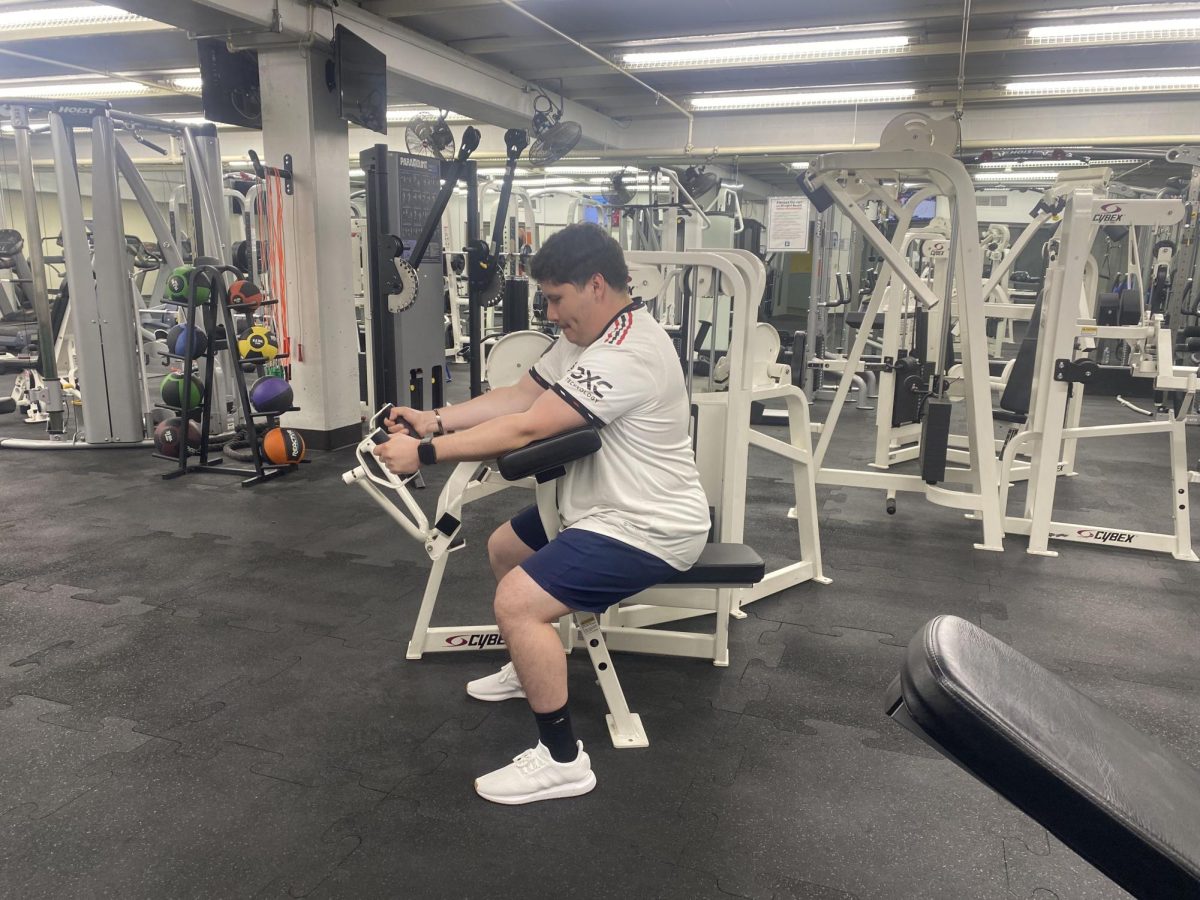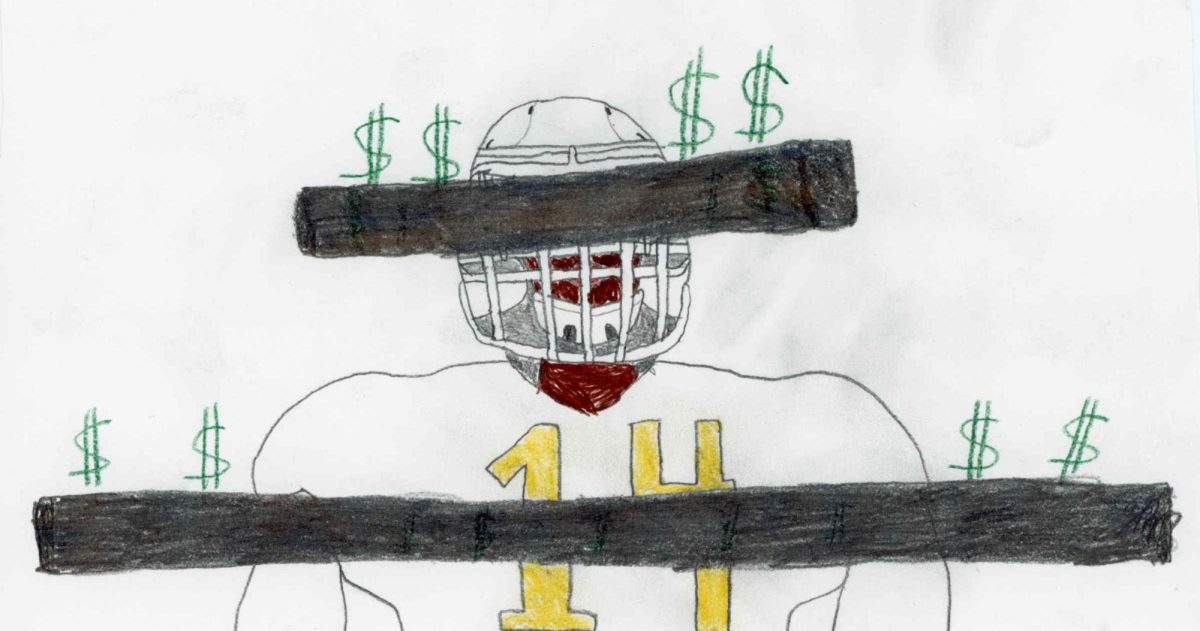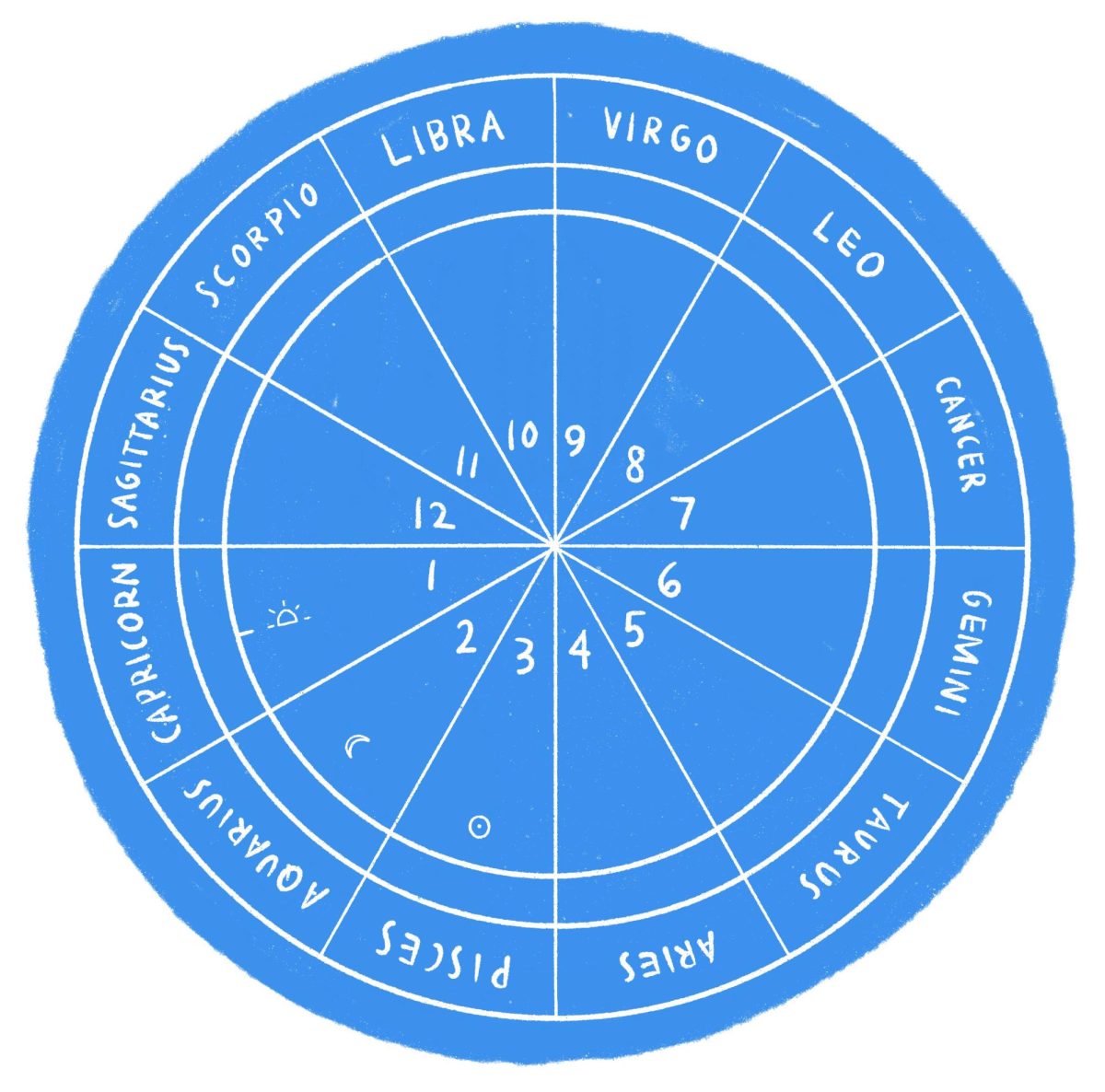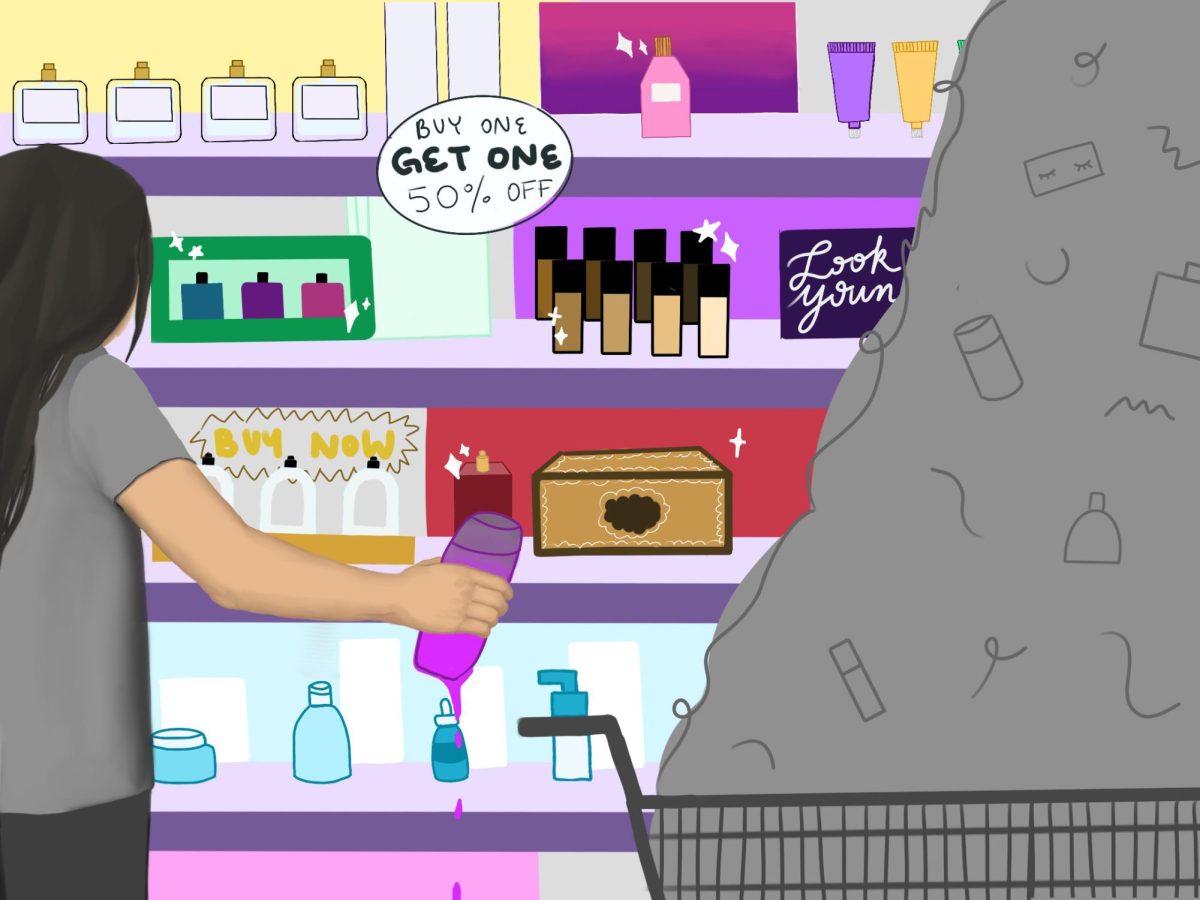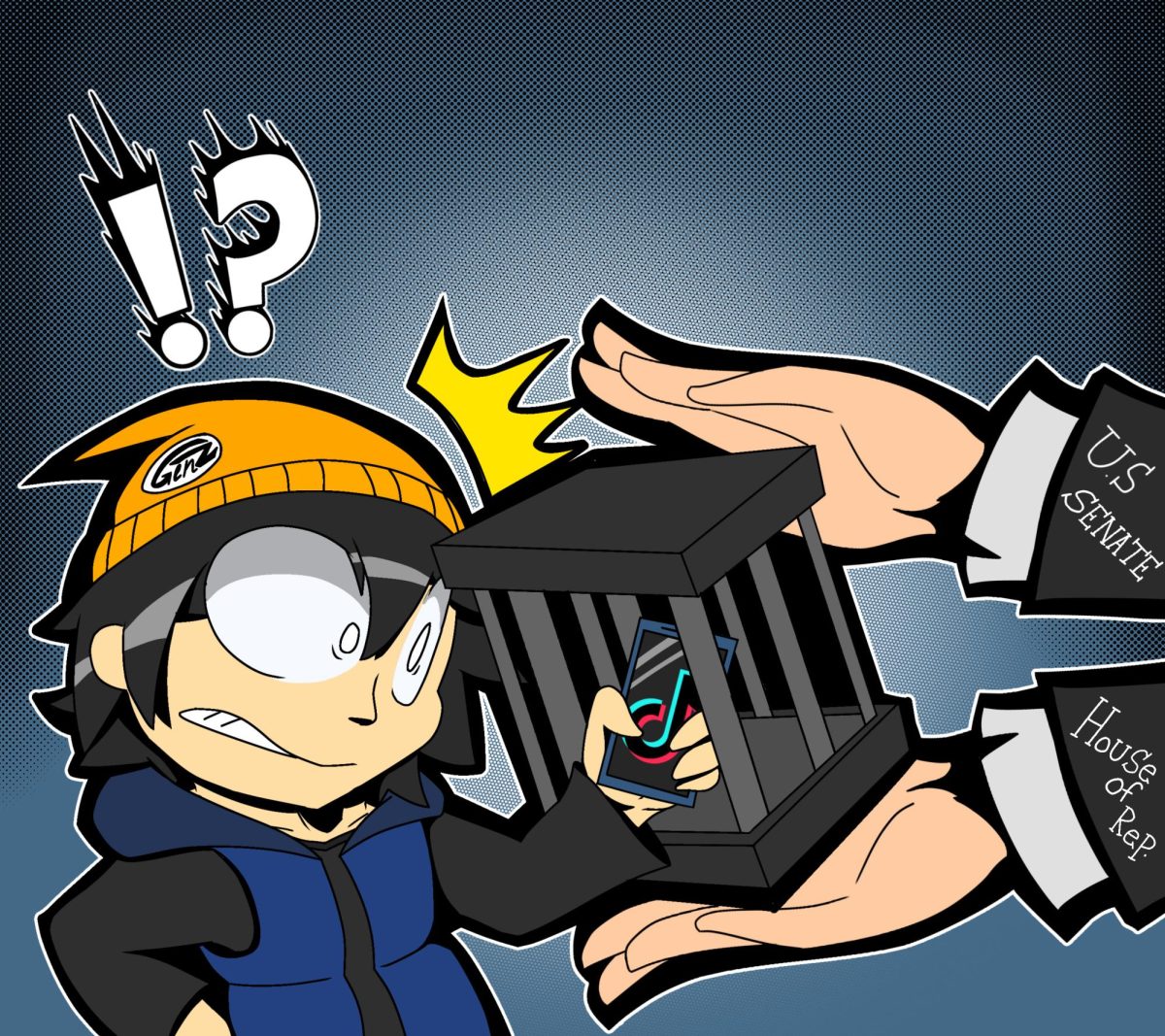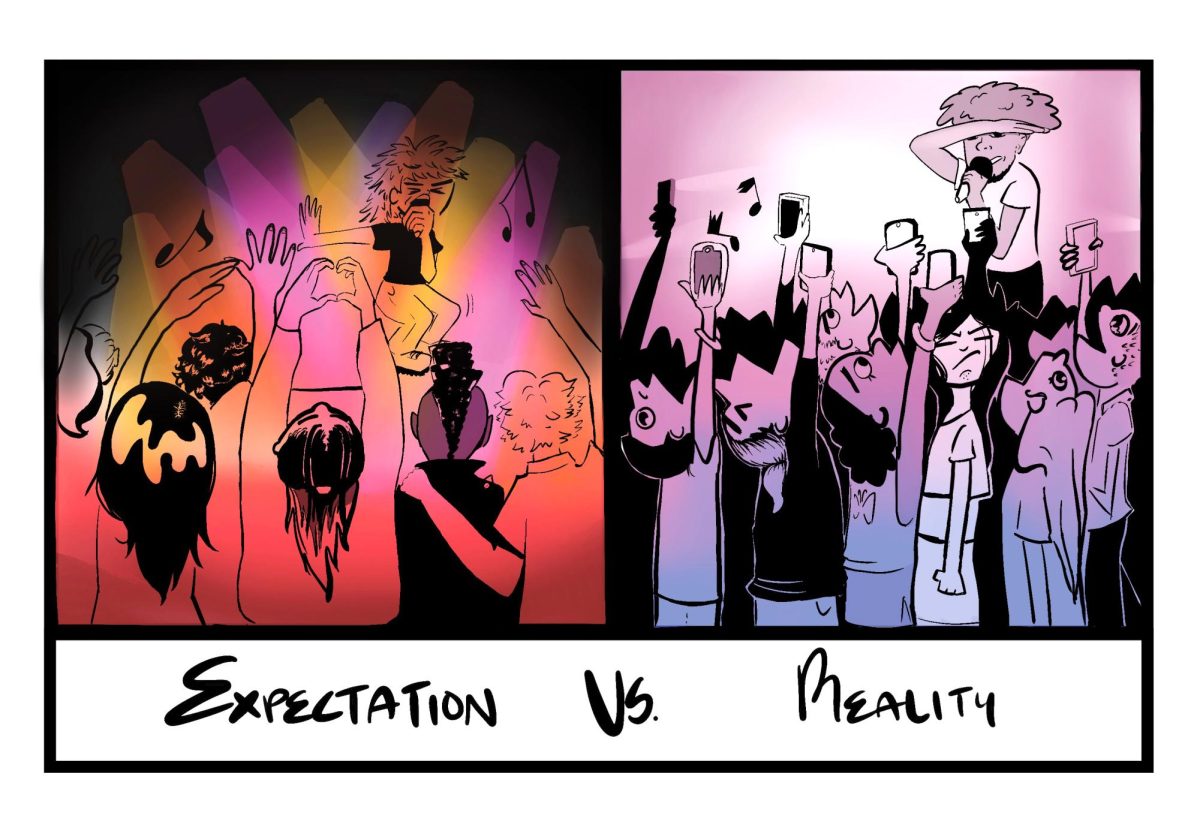By Monica Mitrovic
Copy Editor
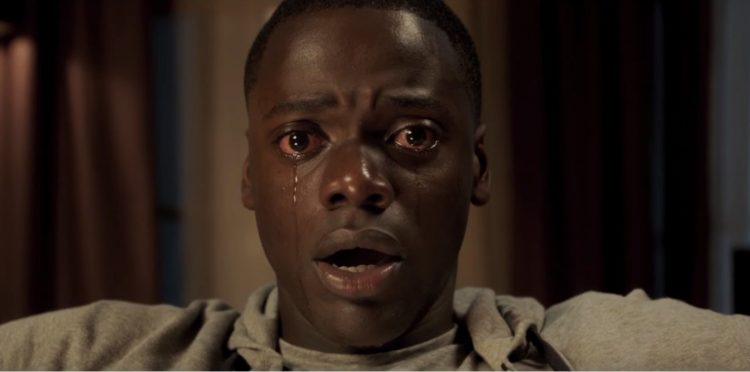
A film that manages to combine components of different genres and weave them into a coherent and thought-provoking social critique with a dash of comedy deserves widespread recognition. “Get Out” flawlessly provide a daunting and true study of racial relations in an ever-divided America, while holding the audience’s attention hostage with its thrilling narrative, evocative screenplay and chilling cinematography. The horror film was released into theaters Feb. 24.
Comedian Jordan Peele’s directorial debut features a brilliant cast who perfectly capture their respective roles as either rich, white liberals or young black men affected by white ideals. The film’s opening scene eerily resembles Trayvon Martin’s murder in 2012 and sets the tone for the movie with an abrupt abduction.
A young black man walks through a rich suburban neighborhood before a car starts to follow him. Right when viewers think he’s escaped, Peele cleverly employs the use of a jump scare that leaves audiences chuckling after the big fright.
Manohla Dargis of The New York Times said, “Our monsters, Mr. Peele reminds us, are at times as familiar as the neighborhood watch; one person’s fiction, after all, is another’s true-life horror story.” This couldn’t be more true for the black characters in the film and in reality. After the disturbing abduction scene, “Get Out” cuts to protagonist Chris Washington (Daniel Kaluuya), a dark-skinned black man, and Rose Armitage (Allison Williams), his white girlfriend, as they discuss him meeting Rose’s parents for the first time.
Peele uses this trip to explore the suffocating grip societal norms, such as racism and ignorance, have on blacks and black culture.
Before the couple’s trip, Chris asks, “Do they know I’m black?” Chris’ question is not brought on by nervousness, but a necessity to better prepare himself for the worst.
After all, Emmett Till, a 14-year-old black boy, was tortured and murdered more than 50 years ago because he allegedly whistled at Carolyn Bryant, a white woman, who recently revealed she lied about the encounter, according to Los Angeles Times.
Rose quells his fears by promising him her dad would have voted for former President Barack Obama for a third term if it was possible. A slightly hesitant Chris relaxes, as the couple’s trip continues.
After an awkward foot-in-mouth dinner reception with Rose’s parents, Dean and Missy Armitage (Bradley Whitford and Catherine Keener, respectively) and Rose’s aggressive brother, Jeremy Armitage (Caleb Landry Jones), Chris attends a party with white liberal guests who bluntly ask Chris rude, racist and invasive questions.
Chris eventually finds Andre Hayworth (LaKeith Stanfield), the abducted black man from the film’s opening scene, who is referred to as Logan. Chris leaves the party, unnerved by everyone’s strange behavior, unknowingly sealing his fate as the party’s sinister purpose is revealed.
Peele’s screenplay focuses on the inherent racism woven into society and everyday conversations. People don’t have to be raging racists to say or do racist things. When Chris converses with Rose’s father, Dean casually mentions his admiration for Obama and Jesse Owens. If Dean were talking to a white man, chances are he wouldn’t mention prominent black figures.
Jeremy comments on Chris’ physique and inquires whether he likes basketball. The party guests name-drop Tiger Woods and ask Rose if black sex stereotypes are true. The only other minority in the film, a deliberately placed Asian man, asks Chris whether he feels like being black is advantageous or disadvantageous.
Peele uses racial symbolism as a major plot device to open viewers’ eyes to blacks’ problems. The screenplay is meant to evoke strong emotional reactions.
Of course, the narrative itself is a cinematic masterpiece. Subtle actions and phrases are placed throughout the film to disarm viewers, and as the plot unravels at the seams, so too do the characters.
“Get Out” combines storytelling elements from various genres, such as horror, suspense, drama, comedy and even sci-fi, to fashion a unique, relevant film. Cinematographer Toby Oliver marvelously blends 1980s slasher film shots with modern psychological thrillers to induce heart-stopping moments of suspense and terror. Tight camera shots closely examine characters’ emotions and revealing body language. The film’s score, composed by Michael Abels, only adds to the experience.
“Get Out” smartly probes racists who deny their racism actions just because they’re liberal.
“This movie is about the lack of acknowledgment that racism exists,” Peele said, according to The New York Times. “In the Trump era, it’s way more obvious extreme racism exists. But there are still a lot of people who think, ‘We don’t have a racist bone in our bodies.’ We have to face the racism in ourselves.”
The top critics category on Rotten Tomatoes lists “Get Out” at a 100 percent rating.

